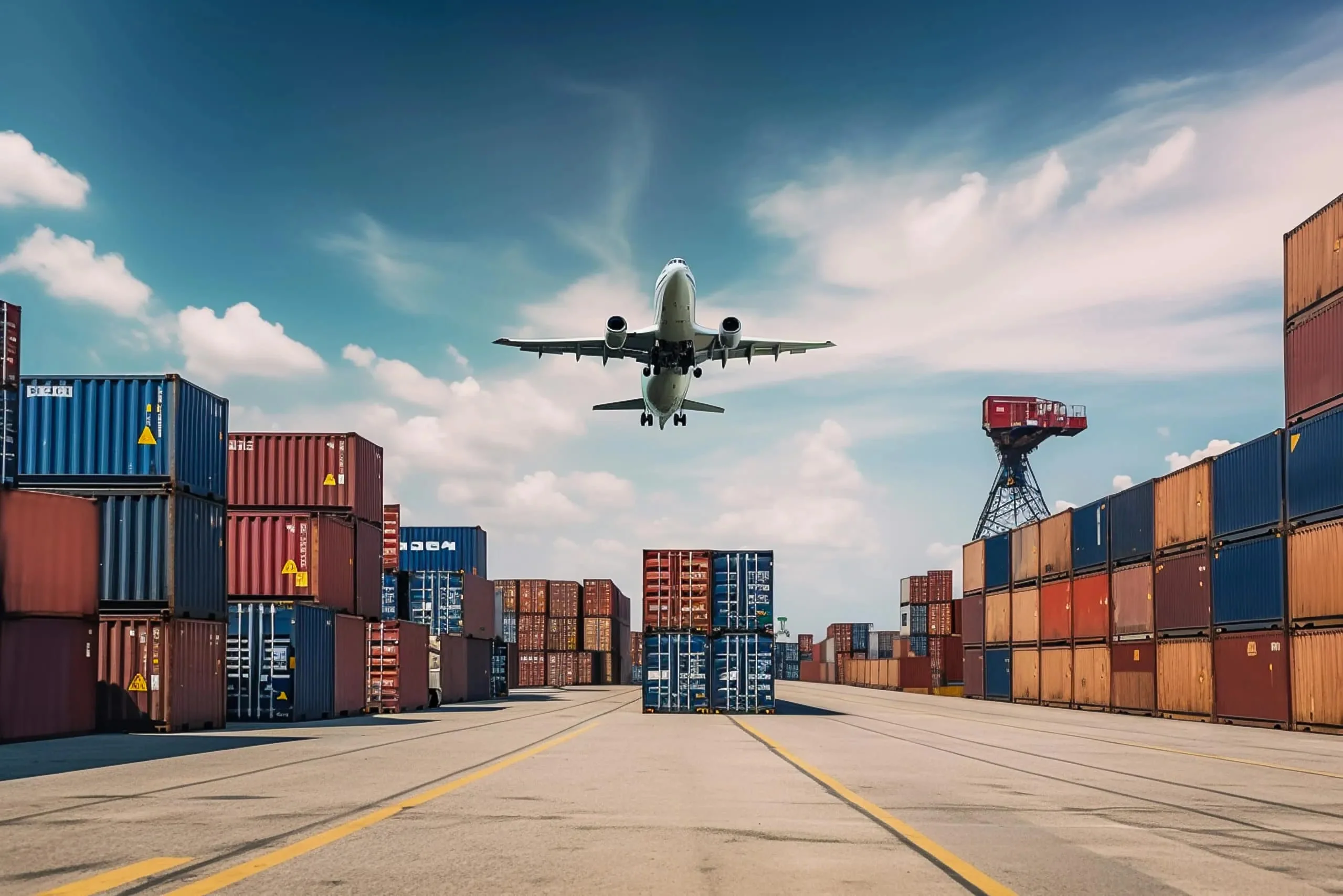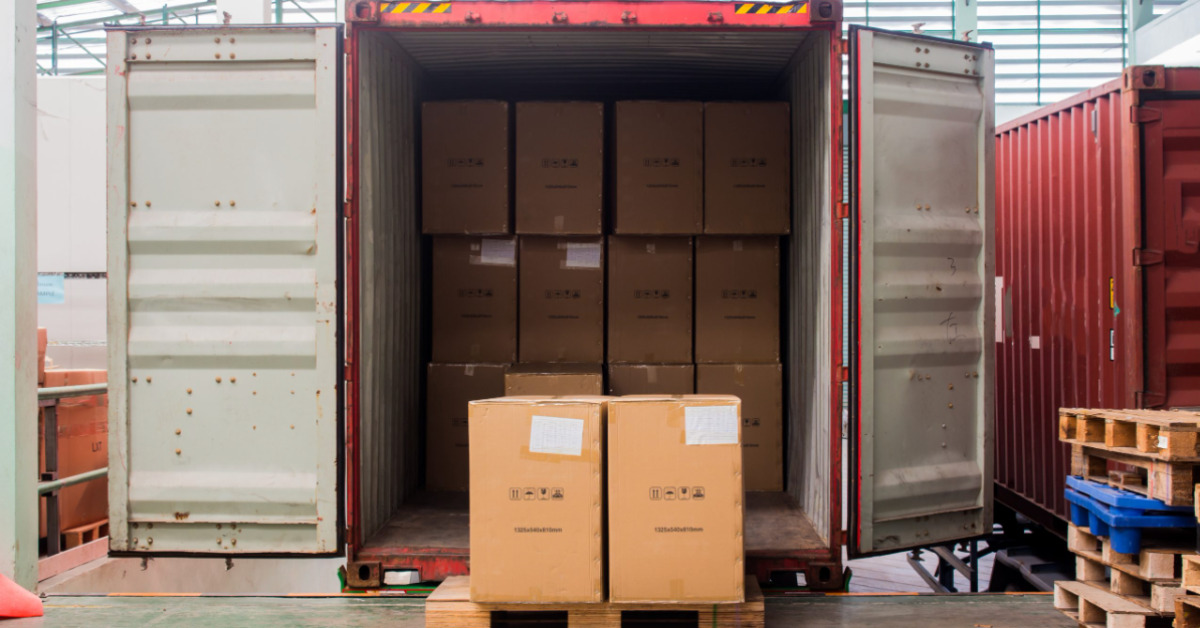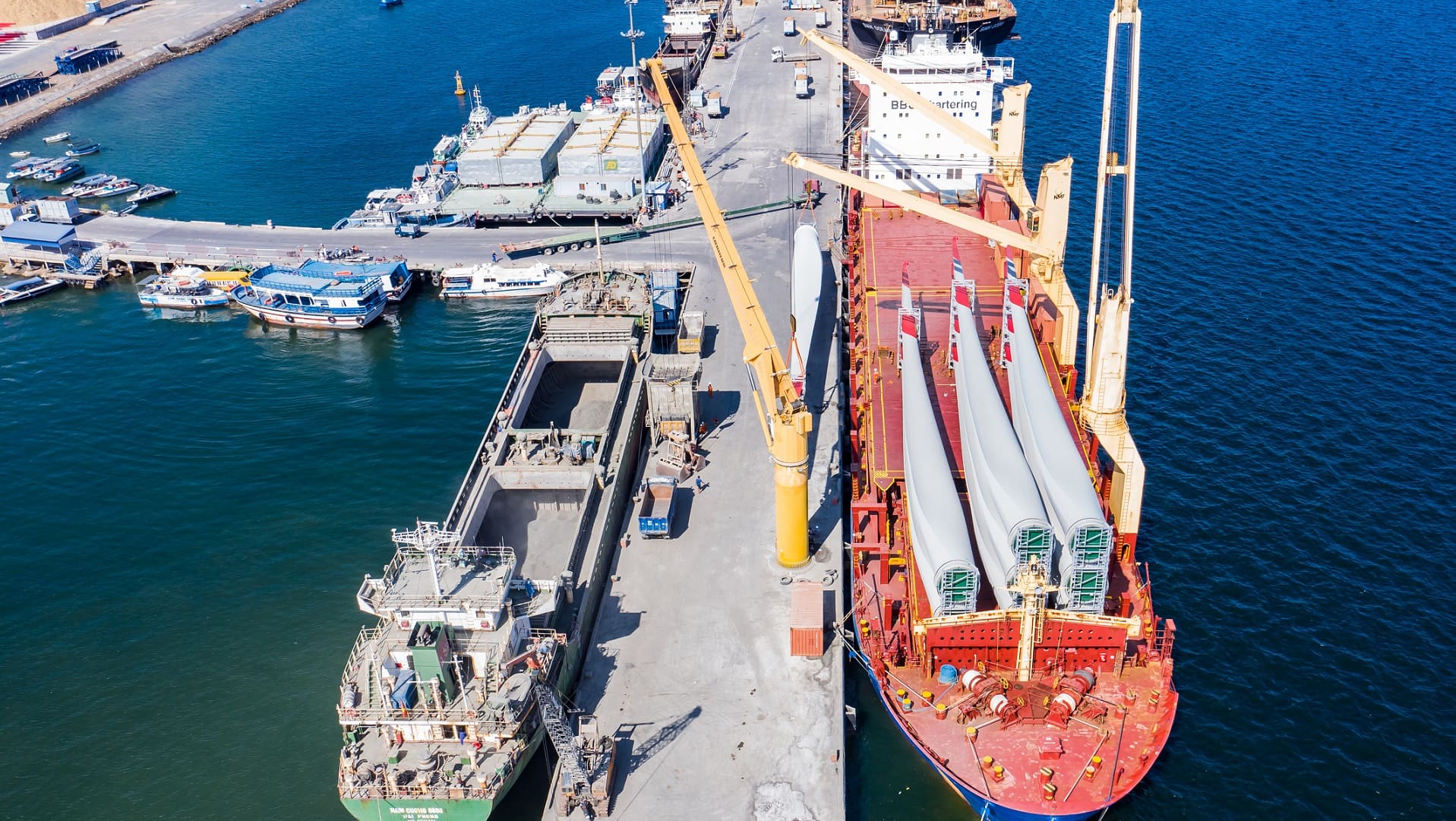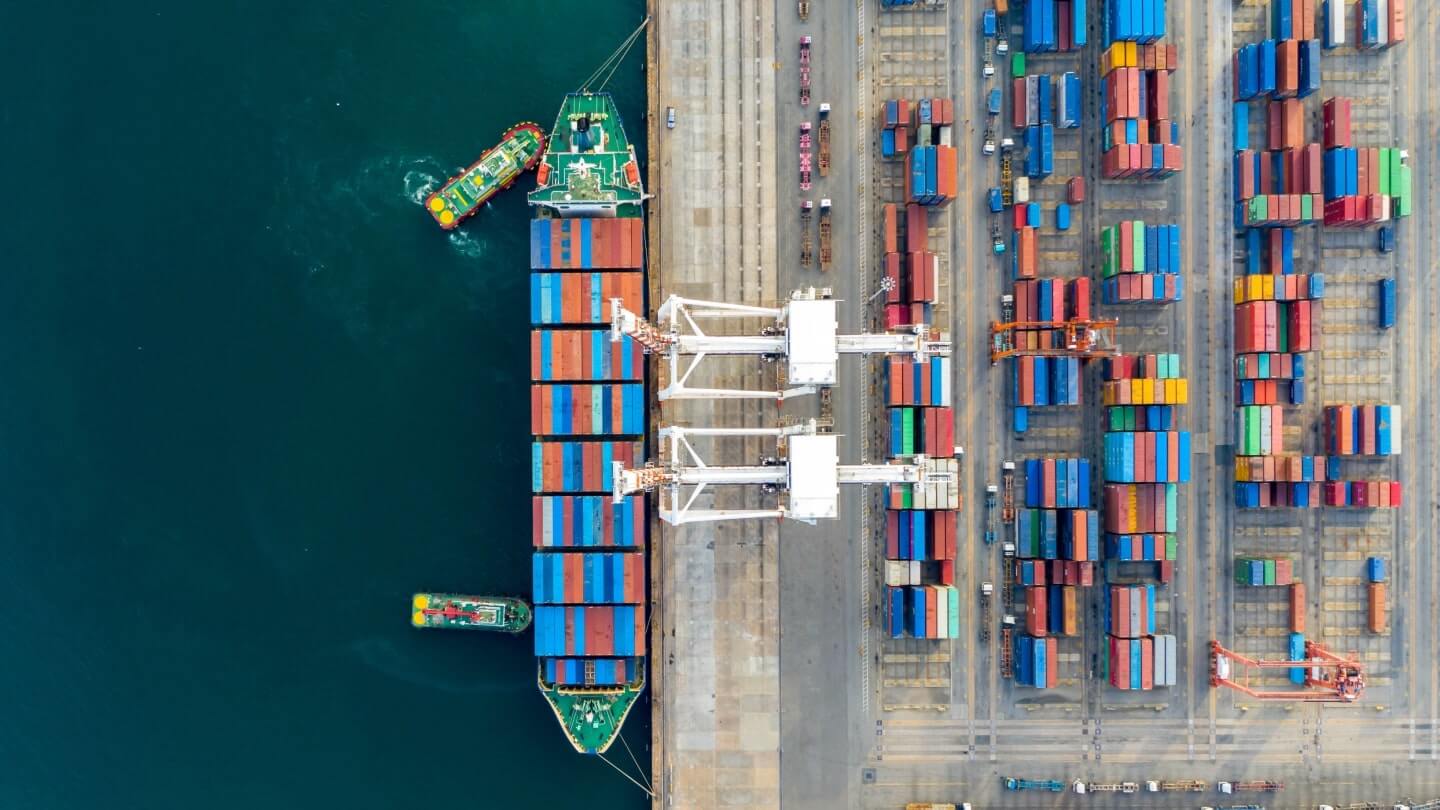
In global logistics and supply chain management, intermodal and multimodal transportation are two commonly used methods for shipping goods across different locations. While both involve multiple modes of transportation, they differ in structure, management, and efficiency. Understanding these differences is crucial for businesses looking to optimize their supply chain.
This article explores intermodal and multimodal transportation, their advantages, disadvantages, key differences, and how to choose the best option for your shipping needs.
What is Intermodal Transportation?
Intermodal transportation refers to the movement of goods using multiple modes of transportation (such as trucks, trains, ships, and airplanes) where each segment of the journey is handled by a separate carrier with separate contracts. The cargo remains in the same container throughout the journey, reducing the need for handling and minimizing damage risks.
Key Features of Intermodal Transportation
- Involves at least two different modes of transport (e.g., rail, truck, sea, air).
- Uses standardized shipping containers that remain unopened until reaching the final destination.
- Each mode of transport has its own independent carrier and contract.
- The shipper is responsible for coordinating with multiple carriers.
Advantages of Intermodal Transportation
Cost Efficiency – Using rail and sea transport can be cheaper than relying solely on trucks or air freight. Reduced Carbon Footprint – More environmentally friendly as rail and sea freight produce fewer emissions than road transport. Enhanced Security – The cargo remains sealed in one container throughout the journey, reducing risks of theft or damage. Flexibility – Businesses can choose different carriers and routes to optimize delivery time and costs.
Disadvantages of Intermodal Transportation
Complex Logistics – Requires coordination between multiple carriers, leading to potential communication gaps. Longer Transit Times – Due to multiple handovers and carrier coordination, intermodal transportation may take longer. Infrastructure Dependence – Requires specialized terminals, cranes, and container handling facilities.
What is Multimodal Transportation?
Multimodal transportation also involves multiple modes of transport but differs in that the entire shipping process is managed under a single contract and one carrier is responsible for the entire journey. The cargo may be transferred from one mode of transport to another, but a single entity oversees the entire process.
Key Features of Multimodal Transportation
- Involves at least two different transport modes (e.g., truck, train, ship, air).
- Managed under a single bill of lading (contract) with one logistics provider.
- The shipper works with only one carrier, simplifying the logistics process.
- The carrier takes full responsibility for delays, damage, or any transportation issues.
Advantages of Multimodal Transportation
Simplified Logistics – One contract and one responsible carrier streamline the shipping process. Faster Transit Times – Efficient coordination among transport modes results in quicker delivery. Reduced Administrative Burden – Businesses do not need to coordinate multiple contracts and carriers. Improved Reliability – A single carrier manages the cargo movement, reducing miscommunication and delays.
Disadvantages of Multimodal Transportation
Potentially Higher Costs – Since one carrier oversees the entire process, their service fees may be higher than individual contracts. Limited Flexibility – Businesses must rely on one provider’s network and available routes. Dependence on a Single Carrier – If the provider faces operational issues, the entire shipment may be affected.
Key Differences Between Intermodal and Multimodal Transportation
| Feature | Intermodal Transportation | Multimodal Transportation |
|---|---|---|
| Definition | Uses multiple modes of transport with different carriers and contracts | Uses multiple modes of transport under a single contract with one carrier |
| Contract Management | Multiple contracts (each mode has its own agreement) | Single contract (one carrier oversees the entire shipment) |
| Responsibility | The shipper coordinates with multiple carriers | One carrier is responsible for the entire transport process |
| Flexibility | More flexibility in choosing carriers and routes | Less flexibility, as the carrier selects the best route and modes |
| Transit Time | May take longer due to carrier coordination and transfers | Faster due to seamless transitions between transport modes |
| Cost | Generally lower costs due to competitive carrier pricing | May be higher due to service fees for end-to-end management |
| Risk Management | The shipper handles risks across multiple carriers | The single carrier takes full responsibility for the shipment |
When to Choose Intermodal vs. Multimodal Transportation?
Choosing between intermodal and multimodal transportation depends on various factors, such as cost, time constraints, and logistical complexity.
Choose intermodal transportation when:
- You want cost-effective shipping and can manage multiple contracts.
- Your cargo is not time-sensitive, allowing flexibility in transit times.
- Your business has experience in logistics and can coordinate different carriers.
- Your shipment is long-distance, and rail or sea options reduce costs.
Choose multimodal transportation when:
- You need a streamlined process with a single point of contact.
- Your shipment is time-sensitive, requiring efficient handling.
- You prefer one carrier to take responsibility for the entire shipment.
- You want to reduce administrative work and simplify logistics management.
Conclusion
Both intermodal and multimodal transportation are valuable in global logistics, but their differences impact cost, speed, and complexity. Intermodal transportation provides flexibility and cost savings, while multimodal transportation offers convenience and faster delivery.
By evaluating your shipping needs, budget, and time constraints, you can determine which option best suits your business. If managing logistics internally is feasible, intermodal may be the right choice. However, if you prefer a hassle-free solution with one contract, multimodal is the better option.
Understanding these transportation methods enables businesses to optimize supply chains, reduce costs, and enhance efficiency in global trade.



